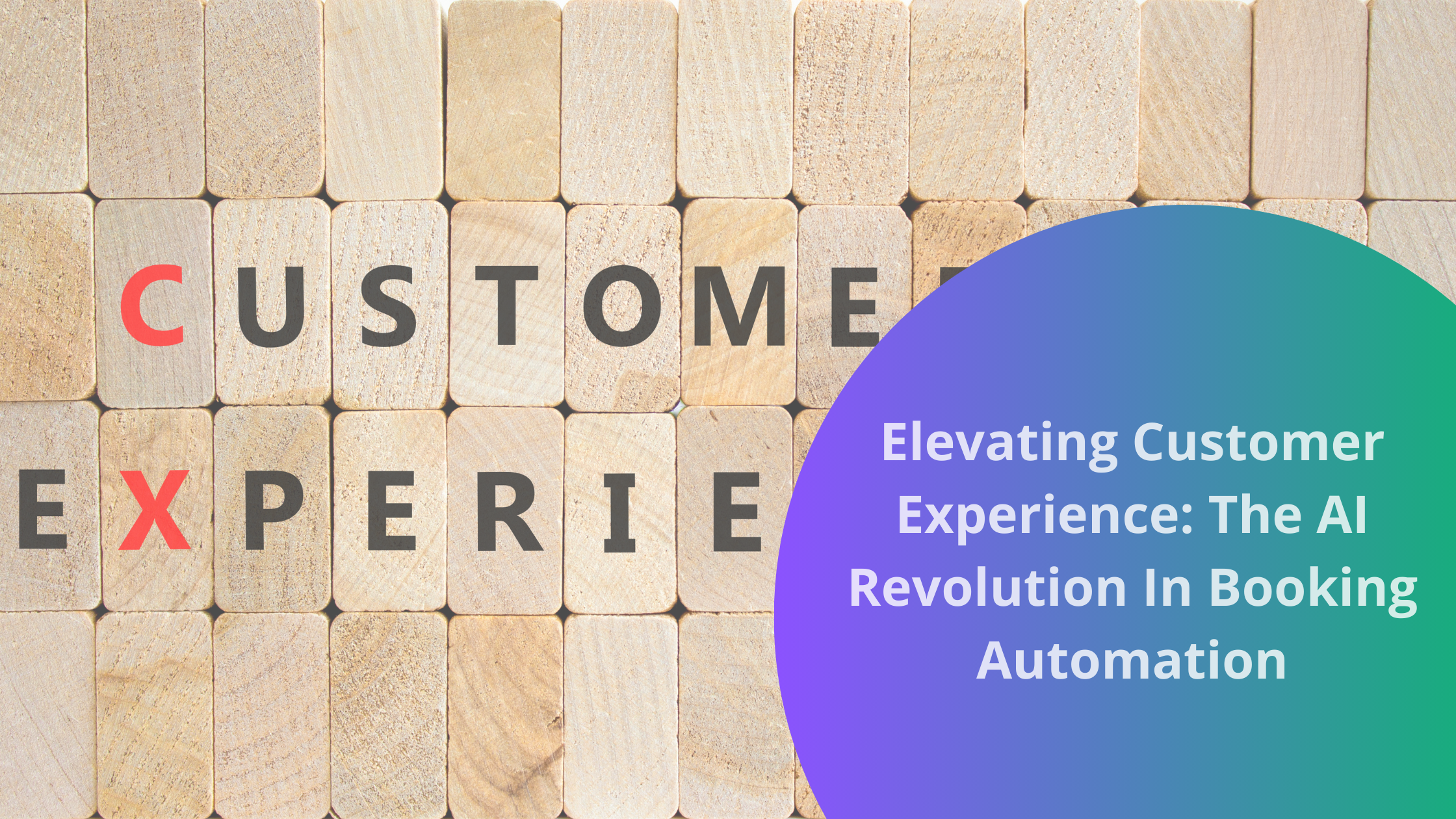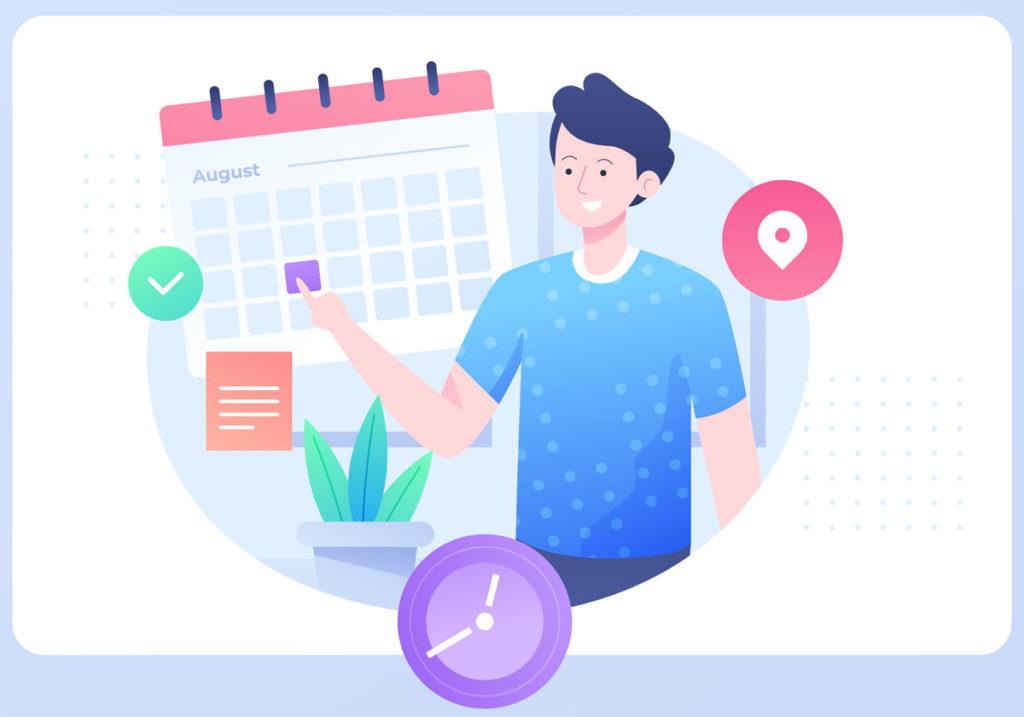In the ever-evolving field of healthcare, the patient’s perspective has become increasingly important. Contemporary patients anticipate a straightforward, uncomplicated experience from scheduling an appointment to completing their therapy. By expediting the appointment procedure, medical professionals can better fulfill these demands. We’ll go over ten tried-and-true strategies in this piece for enhancing medical visits and the patient experience overall.
Online Appointment Scheduling
The way patients engage with their doctors has been completely transformed by online appointment booking. Patients no longer have to make numerous phone calls or wait in long lines in order to schedule a visit with their doctor. Patients can easily make appointments at their own leisure with the help of online scheduling solutions.
Patient-friendly, web-based platforms are being used by healthcare facilities. These systems allow patients to view available appointment times, make a selection, and receive instantaneous confirmation. Patients benefit from the time savings and overall better experience. In addition, it facilitates appointment optimization for medical professionals, which helps lessen scheduling disputes and overbooking.
Clear Communication
The key to a smooth appointment procedure is clear and open communication between patients and their healthcare providers. It’s important for patients to be able to express their concerns, pose questions, and get answers in a timely manner.
Portals for patients and encrypted chat services have emerged as useful new and more private methods of exchange. Cutting edge technologies such as MediMobile AI Assisted Medical Coding Software give patients a safe and private way to communicate with their doctors, see their medical records, and get refills on medications. Such technologies provide patients more agency by facilitating their access to health information and facilitating two-way communication with their healthcare providers.
Automated Appointment Reminders
In healthcare, patient non-attendance is a frequent problem. Appointment cancellations cause delays in patient care, as well as the waste of time and resources. The use of automated appointment reminders is crucial in combating this problem.
Text messages, emails, and phone calls are all viable options for disseminating these gentle nudges. The no-show percentage for medical appointments can be drastically lowered by using automated reminders. A patient who receives a reminder text message the day before their appointment is more likely to keep that appointment than one who does not receive such a message. The patient will profit from less time spent waiting in the clinic, and the clinic will gain from more efficient use of appointment periods.
Efficient Front Desk Operations
Patients’ initial point of contact in most healthcare facilities is the front desk. The tone of the entire patient experience can be determined by how well the front desk is run. The front desk has been modernized with the use of electronic check-ins, digital forms, and self-service kiosks.
Patient check-in is expedited via electronic check-in kiosks, which also allow patients to update their personal information and submit paperwork independently of staff. Time spent waiting is cut down significantly, and so are the chances of making mistakes during data entering. These self-service solutions are highly valued by patients because of the time and effort they save.
Reduce Waiting Times
Patients’ wait periods for medical attention are a significant source of frustration. Scheduling and patient flow must be carefully planned and optimized to reduce wait times. To combat this problem, many hospitals and clinics are turning to cutting-edge technological solutions. ?
Appointment allocation is improved with the aid of cutting-edge scheduling algorithms that consider patient history, appointment complexity, and the availability of medical professionals. Additionally, patients can be notified of their expected wait periods through digital tracking systems, minimizing their worry and dissatisfaction.
Telemedicine Options
Due in large part to the widespread spread of the COVID-19 virus, telemedicine is now widely used. The convenience of virtual health sessions benefits both the patient and the doctor. The number of in-person doctor appointments can be reduced by allowing patients to get care from the convenience of their own homes.
Those who have to travel a long distance to get medical care or who have a chronic illness would benefit the most from this. Because of this, they don’t have to go far to see an expert. Telemedicine is helpful for healthcare practitioners since it streamlines their workflow and saves them time and money.
Consider the possibility of a patient with a chronic ailment having a telemedicine consultation with a specialist without having to travel to a far-off medical facility. As a result, the patient’s experience is enhanced, and the healthcare provider’s dedication to patient convenience and ease of access is highlighted.
Personalized Patient Experiences
The healthcare industry is beginning to embrace the idea of individualized treatment. Personalizing care by accommodating patient availability and preferences improves the quality of care provided. The use of EMRs, or electronic medical records, is crucial to the process of individualization.
Electronic health records (EHRs) document a patient’s entire medical history, allergies, and preferences. With this data, medical professionals may focus on each individual’s needs. A patient with a history of allergies, for instance, would benefit from having their appointments planned during low-pollen seasons.
In addition, medical centers can tailor training materials and reminders for upcoming appointments to each individual patient’s needs. Patients who receive this level of care are more likely to be satisfied with their healthcare practitioner and to trust in them.
Training & Staff Development
Appointment scheduling and the provision of patient-centered care rely heavily on the competence of healthcare professionals. Personnel must have not just extensive medical knowledge but also excellent interpersonal and organizational abilities.
The quality of care provided to patients can be vastly improved by the implementation of training programs that emphasize patient-centered care and time-efficient appointment management. Staff workers who have received adequate training are more likely to deliver precise information, respond appropriately to patient concerns, and schedule appointments with efficiency.
Think of a clinic where the staff receives ongoing instruction in interpersonal skills and patient care, for instance. Patients have a good time throughout the entire appointment procedure due to the professionalism and friendliness of the staff.
Patient Feedback & Improvement
Suggestions from patients are a priceless asset in the pursuit of perfection. By actively seeking and acting on consumer feedback, healthcare practitioners can shorten the appointment process to improve the patient experience.
Patients can voice their thoughts and concerns through surveys, questionnaires, and other feedback tools. Feedback analysis can help identify weak spots. A hospital, for instance, may make changes to scheduling or personnel in response to complaints about high wait times. Medical facilities should actively solicit patient feedback and be open about the changes they’ve made as a result of that input. This displays your dedication to always bettering your patients’ care.
Data Analytics & Technology
It is impossible to overestimate the importance of database administrators and technology in improving the efficiency of patient appointments. Scheduling and resource allocation in the healthcare sector can be improved with the aid of data analytics efficiently and in ways that improve the care the patient receives.
Health care providers can better plan their staffing needs by reviewing appointment data over time to determine when they were busiest. In addition, predictive analytics can help healthcare practitioners anticipate patient demand, allowing them to better organize resources and decrease patient wait times.
Endnote
Appointment streamlining isn’t just about bettering administrative operations; it’s also about providing better care for patients. Together, these ten methods which range from using the internet to make appointments to analyzing patient data improve the care that patients receive. The implementation of such measures not only results in cost savings but also increases patient loyalty. Even with all the advances in medicine, scheduling appointments for patients remains a major obstacle to delivering excellent care that is focused on them.



